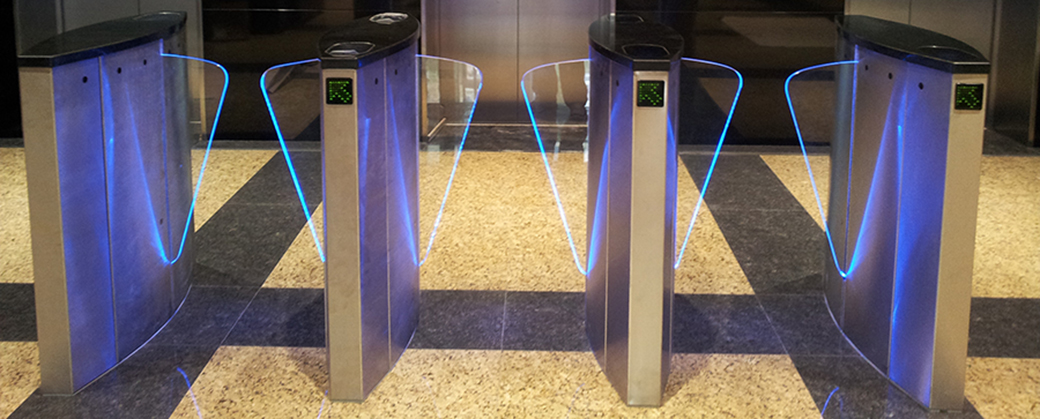The Benefits of Securing Entry with Turnstiles
Understandably, security is of ever increasing concern around the world today. Many think of security in terms of cyber threats. However, there are a number of would-be intruders who would harm the safety of people and destroy property in physical buildings. Turnstiles are a great way to secure the entry of buildings and facilities. Turnstiles can prevent unwanted individuals from accessing areas they should not access and allow authorized individuals secure entry.

There are a number of reasons why a turnstile is more beneficial than doors. For one, a turnstile makes it easier to detect and deter unauthorized individuals. With a door an ID card or a biometric reader can be used to unlock the door. However, if one individual has the right credentials, they can hold the door open for a number of unauthorized individuals to enter. This security risk is often referred to as tailgating.
Another advantage a turnstile has over a door is that a door cannot isolate the direction of authorized passage. This means that a person can use their access key to open the door on one side and inadvertently allow someone on the other side of the door to enter or to escape. This is not a problem with a turnstile.
A turnstile can limit the number of individuals who can gain access to a secured. Each individual who enters or exits can be required to provide credentials. The turnstile unlocks to allow a person entry and then immediately locks before another person can enter. Loitering, forced passage, and tailgating are easily identified by modern turnstiles. If a person attempts to access an area without meeting the proper criteria, their unauthorized entry attempt may trigger alarms.
As with all security features, turnstiles only work if they are well-maintained and up-to-date. This underscores the importance of having turnstile parts available when the need arises to make necessary repairs.
Turnstiles are used in a variety of circumstances. Turnstiles may be seen at stadiums for sporting events, concerts, or other gatherings. They are used in offices, places of worship, fairs, and other locations where it’s necessary to regulate and control access to the event.